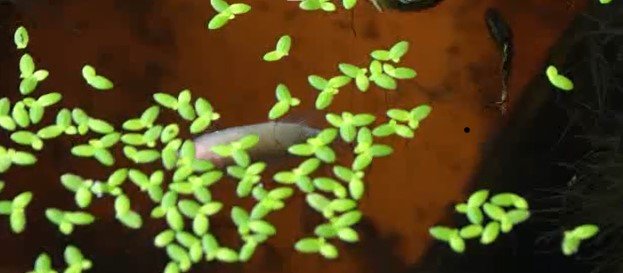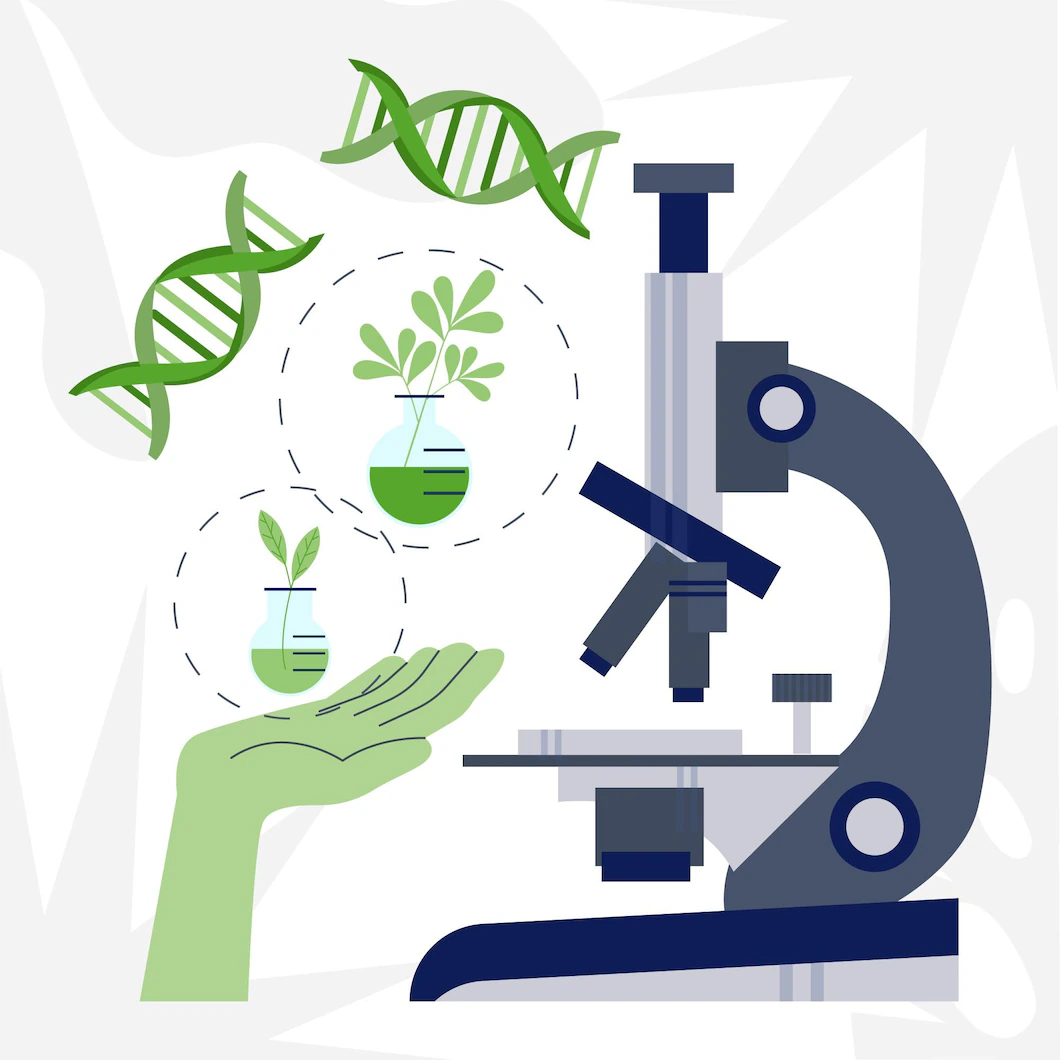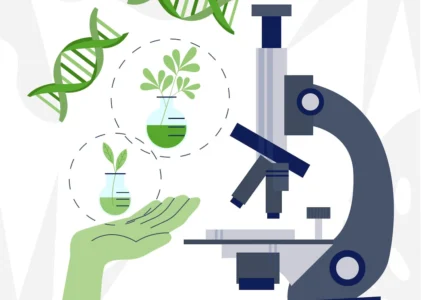So we have biology, a branch of science which describes who lives and how the living live, completely ignoring the non living (as if they never existed).
HOW DID BIOLOGY START??

So, in the prehistoric times, people used medicines; which is a field of biology, and that’s exactly how biology started.
One Day in 1665, Robert Frost, sorry, Hooke, discovered tiny things under a microscope after murdering a tree and examining it’s remains. He named them cells.
Ever since then, more people started to do so, but Antonie van Leeuwenhoek (weird name) took some pond water and put it under a microscope, before proceeding to examine it (in 1674). He saw moving living things inside . Therefore, he turned Biology into a subject. He called them “dierkens”, which is Dutch for small animals. Then, he saw more living things and became popular.
People then started to see more tiny things
Then, in 1839, two biologists, Schleiden and Schwann, gave the cell theory and said that cells form life, and all organisms have them. Rudolf Virchow joined the party and said that all cells arise from pre-existing cells.
Also, the best biology word is “photosynthesis”- which is a word which makes you seem smart (the definition- process by which plants take sun’s light to make food).
Moving on, in 1931, the first electron microscope was developed. This allows you to see teeny tiny things inside cells, which make it work. The most notable one is the Nucleus….. (DISCOVERED BY ROBERT BROWN 2 YEARS LATER IN 1933). This contains everything which makes a cell a cell.
PLANTS AND OTHER PHOTOSYNTHETIC ORGANISMS

So, plants do photosynthesis to get food, where they take up sunlight to make food. But, how do they take up sunlight?
They just take it in, using their chloroplasts which contains chlorophyll which makes a leaf green
When a photon i.e. light particle, gets into the chloroplast’s thylakoid membrane (fancy term for boundary), one of it’s electrons gets excited and moves from one atom to another, starting an electron transport chain (another cool name which makes you feel smart), where an electron goes from one atom to another. Then it reaches the reaction centre and chlorophyll gets activated and the boss chlorophyll i.e. chlorophyll a sits at the centre of the chloroplast, and takes up the energy, making an electron bank where electrons get deposited and energy is created for the plant. (it is the reaction centre). However this takes place much quicker due to quantum superposition of electrons (several electrons can do the electron transport chain at the same time :0).
Plants reproduce via pollination (self pollination and cross pollination).
They have many cells and have a well-defined nucleus in their cell.
Plants have also evolved from being Algae (thallus body and is just a bunch of cells) to being Angiosperms (highly advanced plants with flowers).
Other photosynthetic organisms include bacteria (prokaryotes with a not very well-defined nucleus) and some species of protistans (first multicellular organisms; slime moulds are protistans)..
FUNGI OR SAPROPHYTES

Fungi are multicellular eukaryotic organisms with a chitinous cell wall (their cell wall i.e. outer later is made up of chitin)
A fungus is such that it actually grows out of ants! (well, it turns ants into zombies, making them do whatever they want, and at the end comes out of its head)
And some fungi can even eat radiation! (known as radiotrophic fungi)
Some fungi exist in association with algae (lichens)
Some common fungi are bread moulds, puffballs, truffles and mildews.
They aren’t able to do photosynthesis and decompose organic material.
They reproduce via spores.
Yeast is used to make cakes (and bread), Penicillium treats diseases (helps make penicillin)
ANIMALS

Animals are multicellular, eukaryotic organisms. The word “Animal” is derived from Latin word “animalis”, which means “having soul” or “having breath”.
They are categorised into various phylums and into ecological groups
On the basis of phylums:-
- Porifera (sponges; have pores)
- Ctenophora (comb jellies; have comb-like fused cilia which beat for locomotion; and create a rainbow display due to bioluminescence; and are 95% jelly; have no brain and have a nerve ne)
- Placozoa (free living marine non-parasitic multicellular organisms)
- Cnidaria (exhibit polymorphism; life stages- polyp and medusae)
- Xenoturbellida (have cilia, and have no developed brains, gut or excretory system)
- Acoelomorpha (small soft-bodied organism which lives freely in freshwater)
- Platyhelminthes (soft-bodied invertebrates with a flattened worm-like structure)
- Gastrotricha (they have a dorsally arched [raised] body and flattened ventrally)
- Cycliophora (they have a well-developed nervous system)
- Mollusca (second largest phylum and are soft-bodied, including snails.)
- Annelida (they have segments in their bodies)
- Nemertea (they are ribbon-like)
- Bryozoa (they live in colonies and an individual is known as zooids, reproduce by spores and are an indicator of good air quality)
- Entoprocta (they are sessile and have some similarities with bryozoa; they an reproduce via budding)
- Brachiopoda (they live on the bottom of the sea floor and have valves to let in freshwater)
- Phoronida (they feed via tentacles and have chitin on their body surface)
- Orthonectida (they only have reproductive cells within their cell wall)
- Dicyemida (they are tiny parasites and each adult has the same number of cells)
- Chaetognatha (they have a transparent cuticle-covered body which is properly divided into a distinct head, trunk and tail)
- Gnathostomulida (known as jaw worms and can survive in lack of oxygen)
- Micrognathozoa
- Rotifera
- Loricifera
- Kinorhynca
- Priapulida
- Nematoda
- Nematomorpha
- Tardigrada
- Onychophora
- Arthropoda
- Hemichordata
- Echinodermata
- Chordata
Also, other forms of biology include medical sciences, genome sequencing (determining order of ATGC chemicals), which have already been discussed in previous blog posts.
However, there are only 9 main animal phyla: (Discussed Earlier- D.E.)
- Porifera (D.E.)
- Nematoda
- Annelida (D.E.)
- Platyhelminthes (D.E)
- Echinodermata (includes starfish. they can be cut into 2 equal halves by any line passing through the centre)
- Arthropoda (largest animal phyla with 1.5 million TYPES of organisms; have jointed feet)
- Mollusca (D.E.)
- Cnidaria (D.E.)
- Chordata (the most advanced phylum, which includes humans)


